Choosing the perfect running shoe can feel overwhelming. With so many brands and models to consider, finding the right fit requires research and careful comparison.
Two brands that consistently stand out in the running community are Saucony and Brooks. Both have built a strong reputation for quality, innovation, and performance. But which one is the best choice for you?
In this guide, we’ll compare Saucony and Brooks across key factors like technology, fit, durability, and performance. By the end, you’ll have a clear idea of which brand aligns best with your running needs.
Saucony stands out with its responsive PWRRUN EVA-based cushioning, sleek modern designs featuring bold color accents, and the iconic Endorphin series, appealing to runners seeking speed and style. In contrast, Brooks offers balanced cushioning through DNA LOFT and BioMoGo DNA technologies, classic designs with neutral color options, and the wildly popular Ghost—arguably one of the top running shoes in the U.S.
With a softer DNA LOFT v3 midsole and stable, neutral platform, the Brooks Ghost 17 offers consistent cushioning and smooth transitions. Suits runners seeking a dependable daily trainer for road miles, from easy paces to steady long runs.

Lightweight cushioning and a responsive ride make the Launch 11 suited for uptempo runs and efficient daily training. A versatile option for those who prefer a firmer, faster feel.
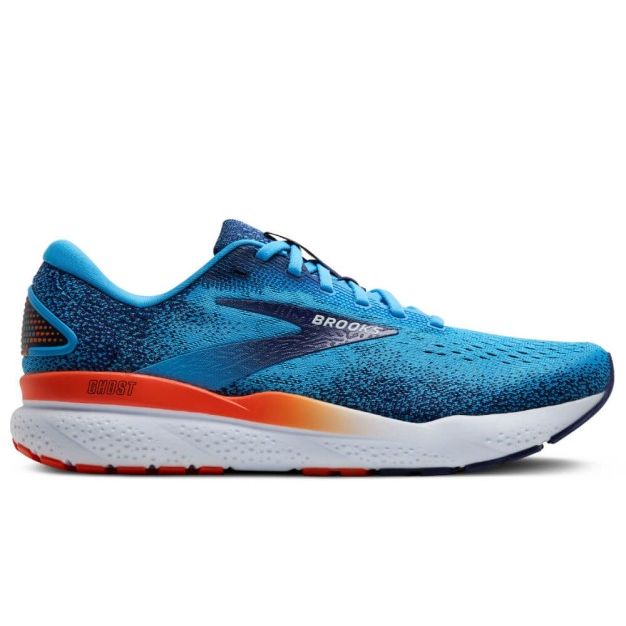
Max-cushioned DNA LOFT v3 midsole provides plush, resilient comfort with a soft, stable ride. Best for runners wanting long-distance cushioning and a premium, smooth feel underfoot.
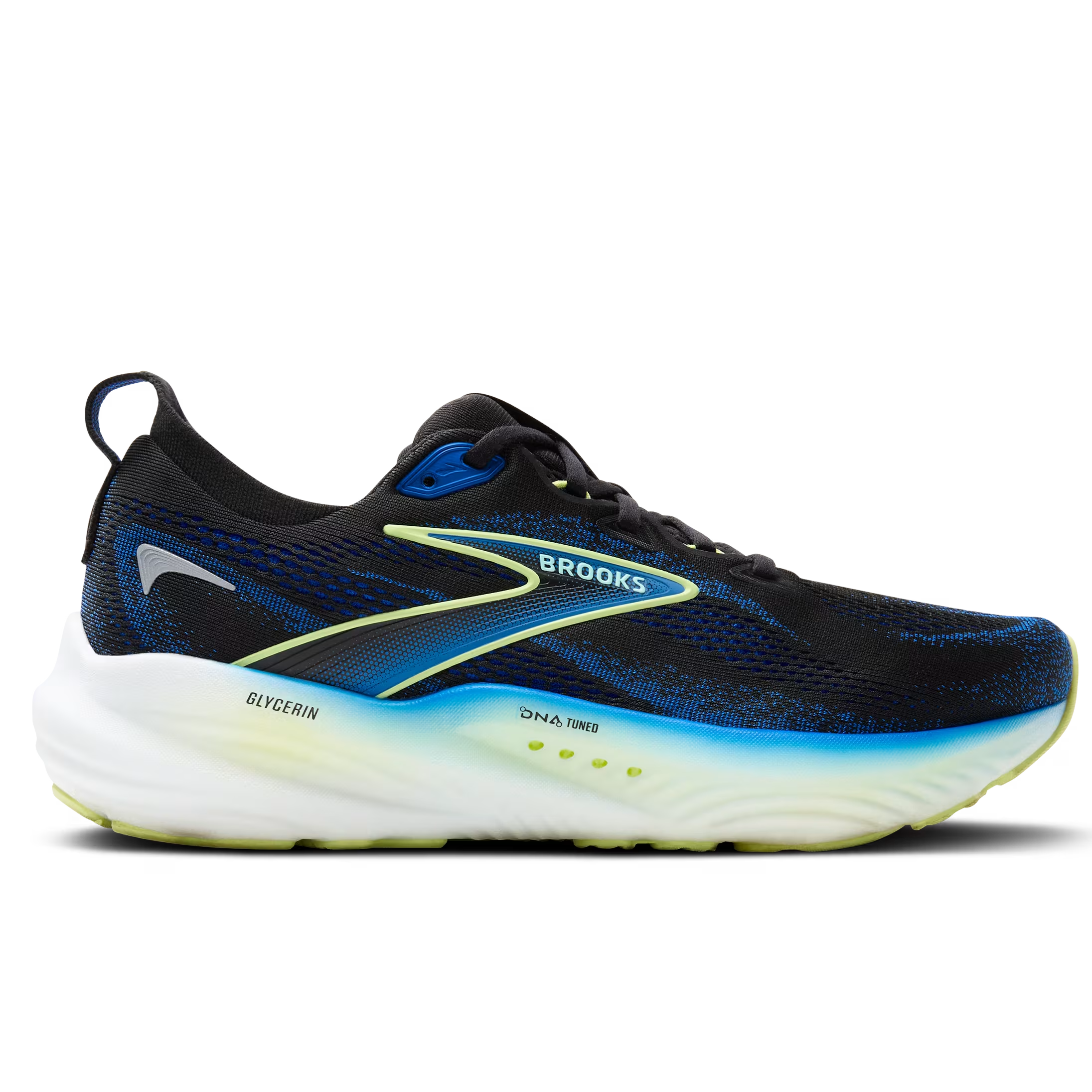
Combines DNA LOFT v2 cushioning with GuideRails® support to limit excess motion. Works well for runners who tend to overpronate needing stability without sacrificing comfort on daily road miles.

Features nitrogen-infused DNA FLASH midsole for lightweight, responsive cushioning. Ideal for speedwork, racing, and runners who want a snappy, low-profile trainer.
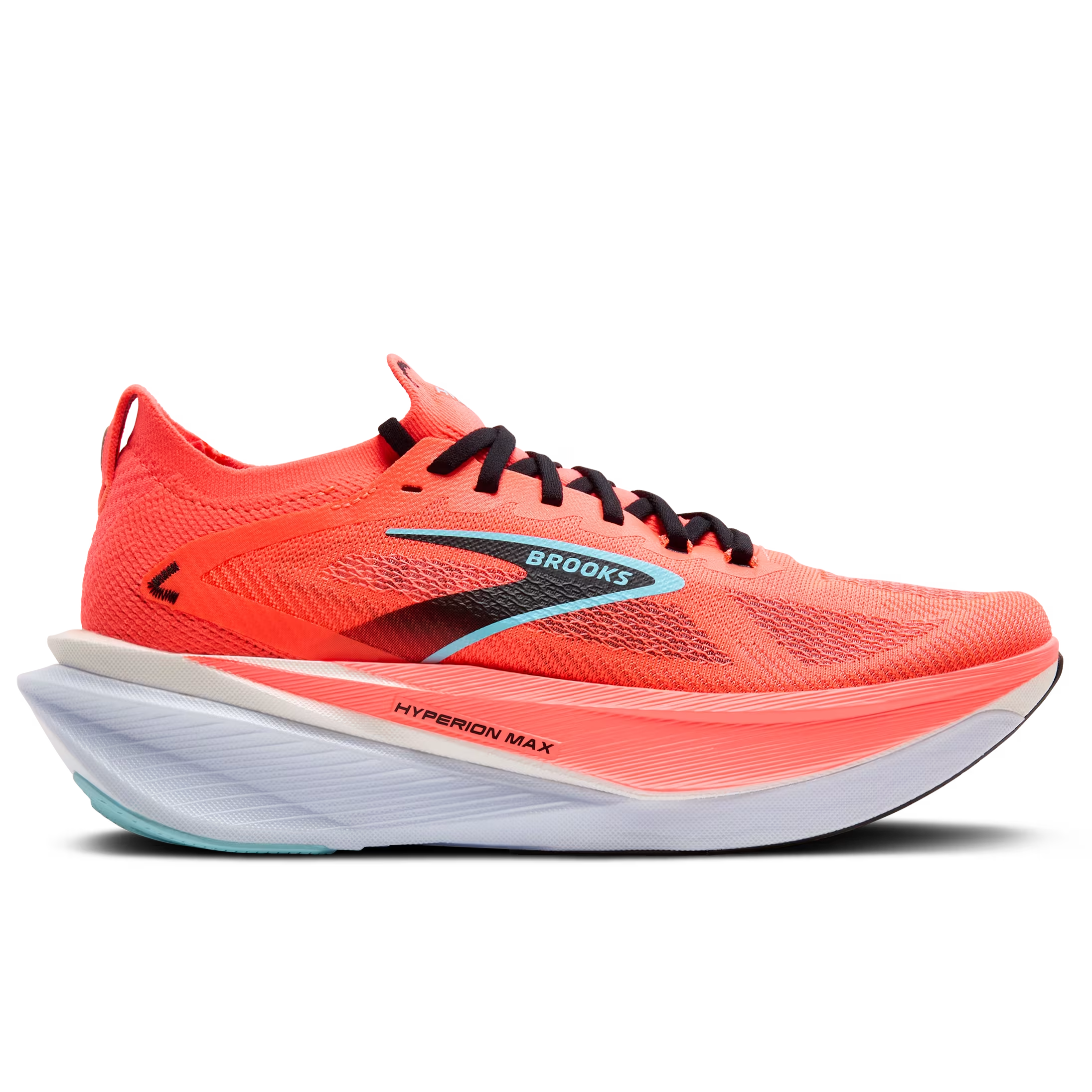
Trail-ready with a protective rock plate, adaptable outsole, and soft-yet-stable cushioning. Suited for runners tackling varied terrain and needing stability on uneven trails.
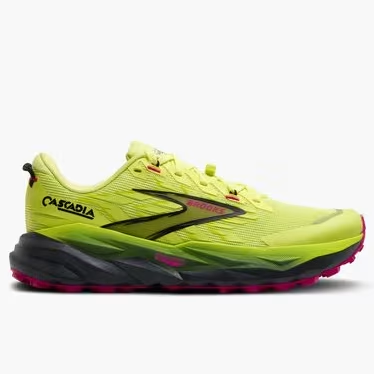
The Ride 18 is a neutral daily trainer built for runners seeking a reliable, versatile shoe for everyday training. With a PWRRUN+ midsole, it delivers a balanced, cushioned ride with a touch of responsiveness, perfect for short to mid-distance runs, recovery days, or casual wear.

The Endorphin Speed 5 is a neutral, lightweight performance trainer for runners seeking a versatile, fast shoe. With a PWRRUN PB midsole, flexible nylon plate, and SPEEDROLL tech, it offers a soft, bouncy ride ideal for tempo runs, speedwork, races, or daily training.
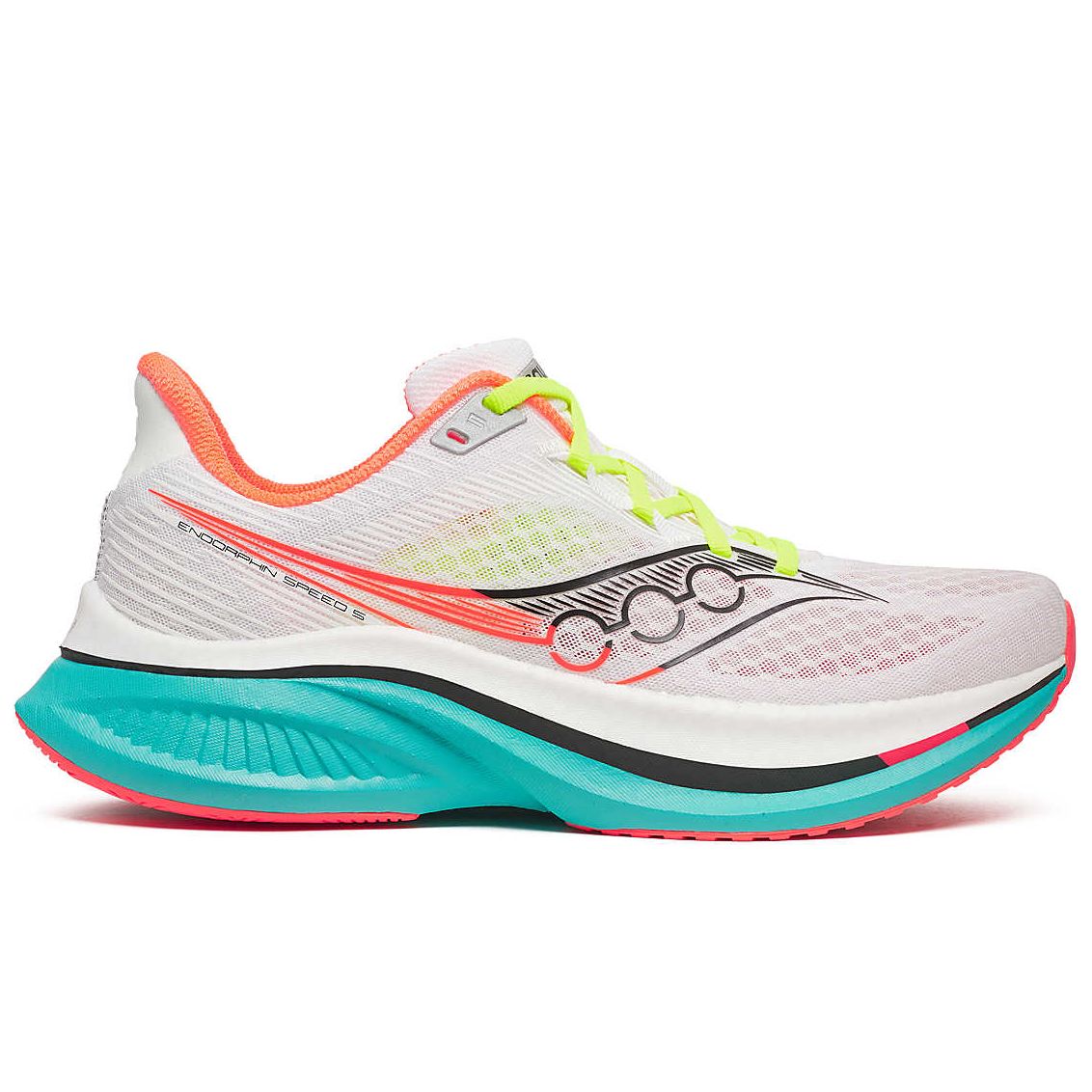
The Kinvara 16 is a neutral, lightweight trainer crafted for experienced runners seeking a fast, natural ride. With an updated PWRRUN midsole offering enhanced energy return and durability, it delivers a responsive, low-profile feel ideal for tempo runs, speedwork, or daily training.
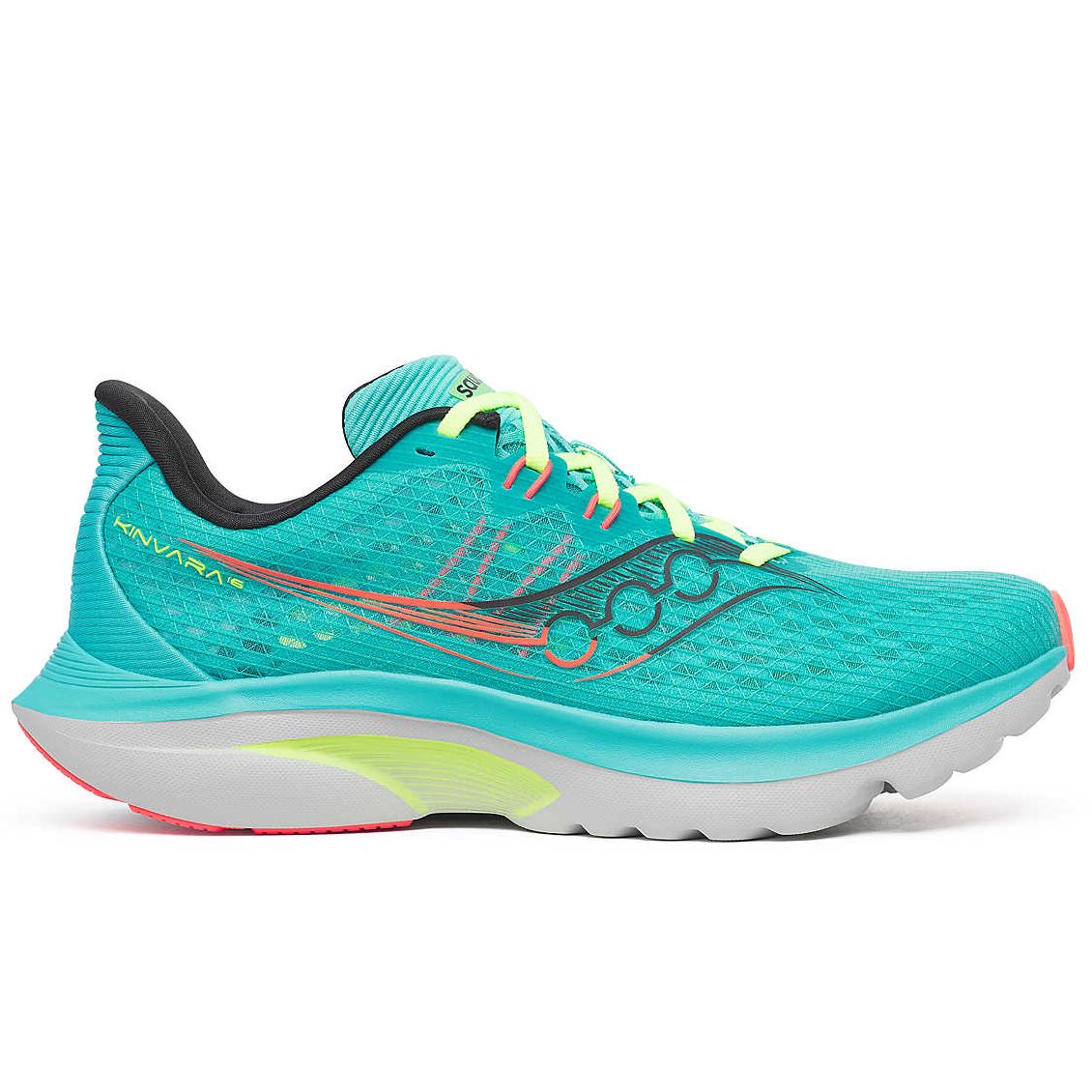
The Triumph 23 is a neutral, premium daily trainer designed for runners seeking plush comfort on long runs. Featuring a PWRRUN PB superfoam midsole, it delivers a soft, lightweight, and energetic ride, perfect for easy miles, recovery runs, or extended distances.
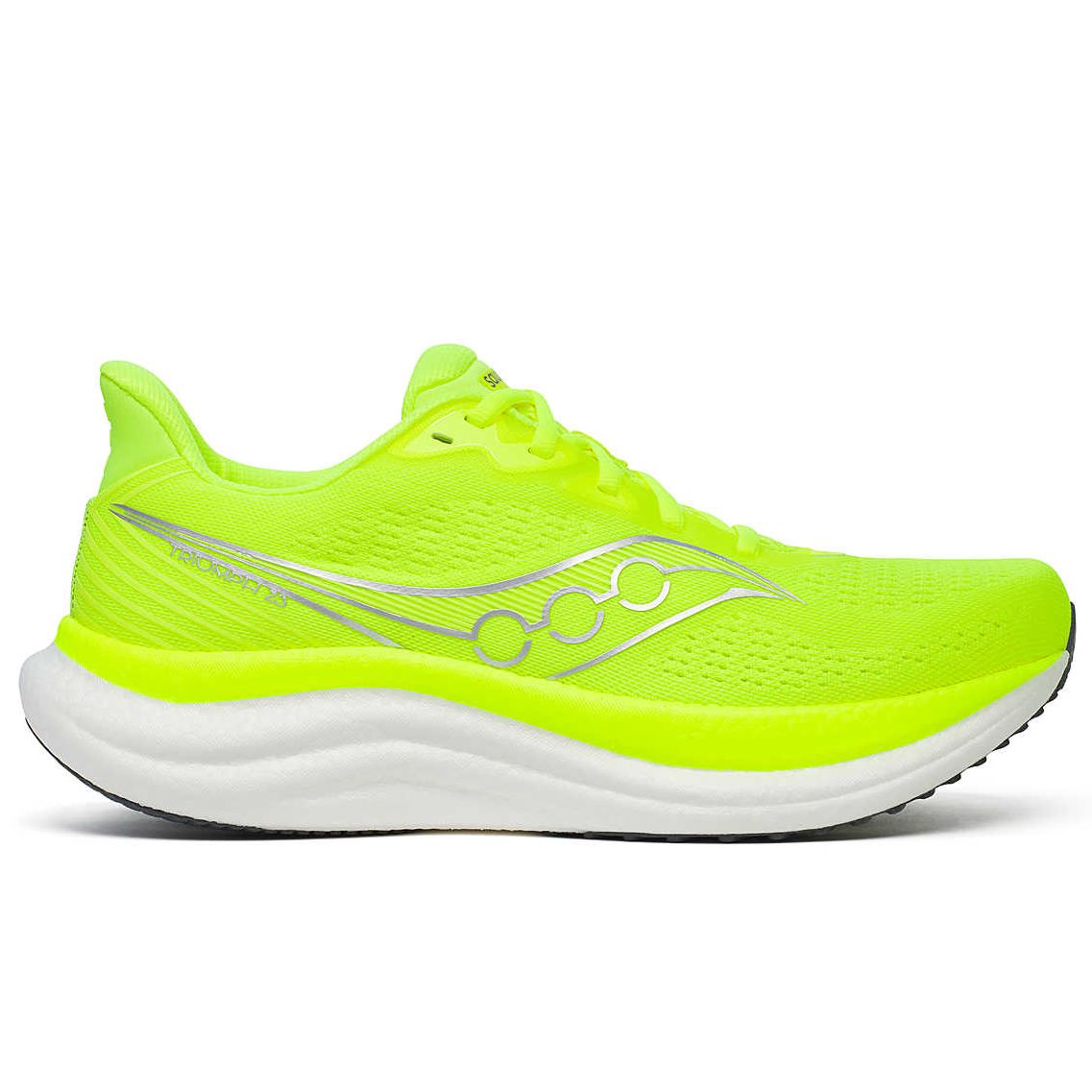
The Guide 18 is a stability-oriented daily trainer designed for runners needing mild support for daily mileage or long runs. Featuring a PWRRUN foam midsole with CenterPath Technology, high sidewalls, and a wide platform, it offers a balanced, cushioned ride with subtle guidance for overpronators, ideal for easy runs and steady-paced training.
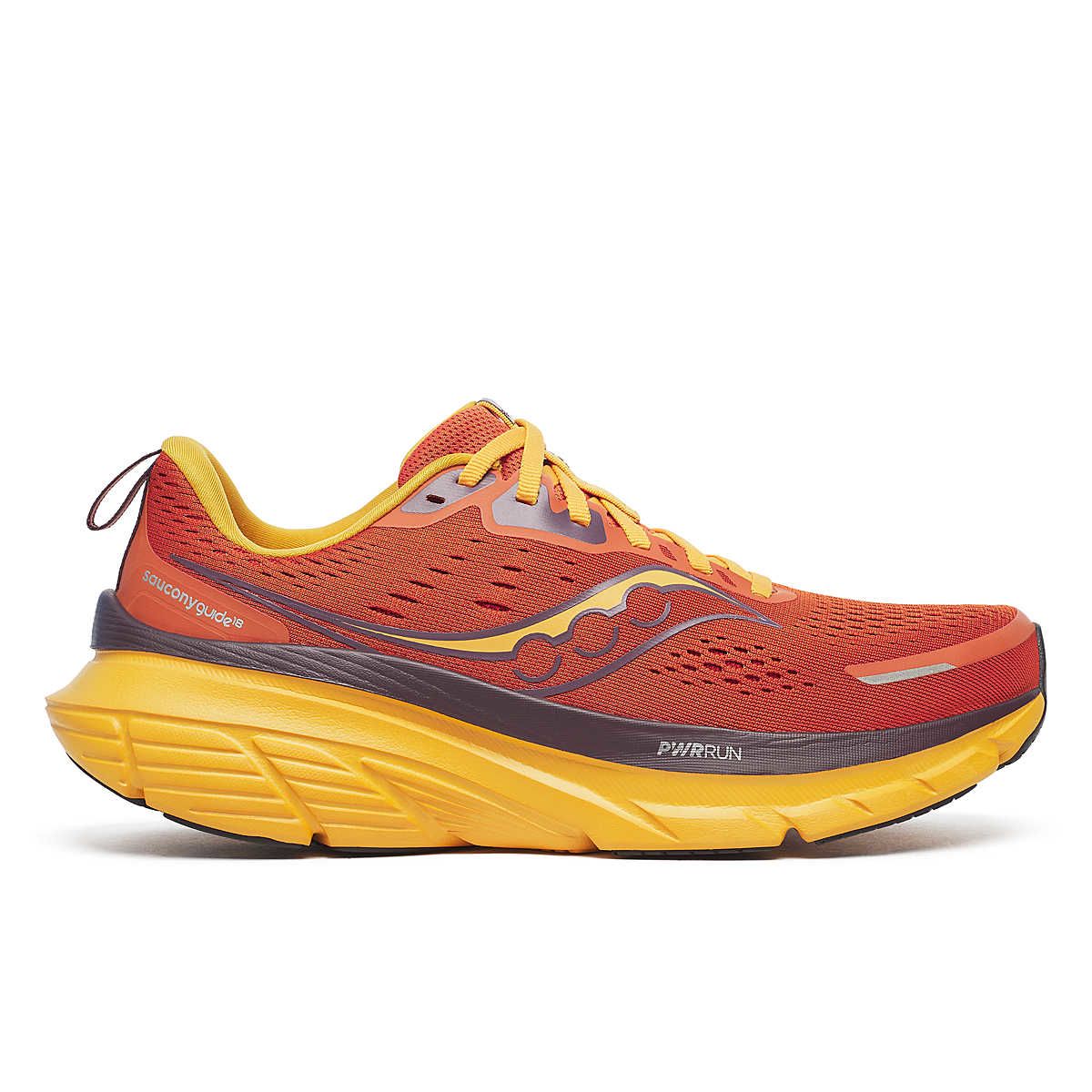
The Peregrine 15 is a neutral trail running shoe engineered for runners tackling rugged terrains. Equipped with a PWRRUN midsole and PWRTRAC outsole, it provides grippy traction and cushioned protection, making it ideal for trail adventures, from short scrambles to ultra-distance treks.
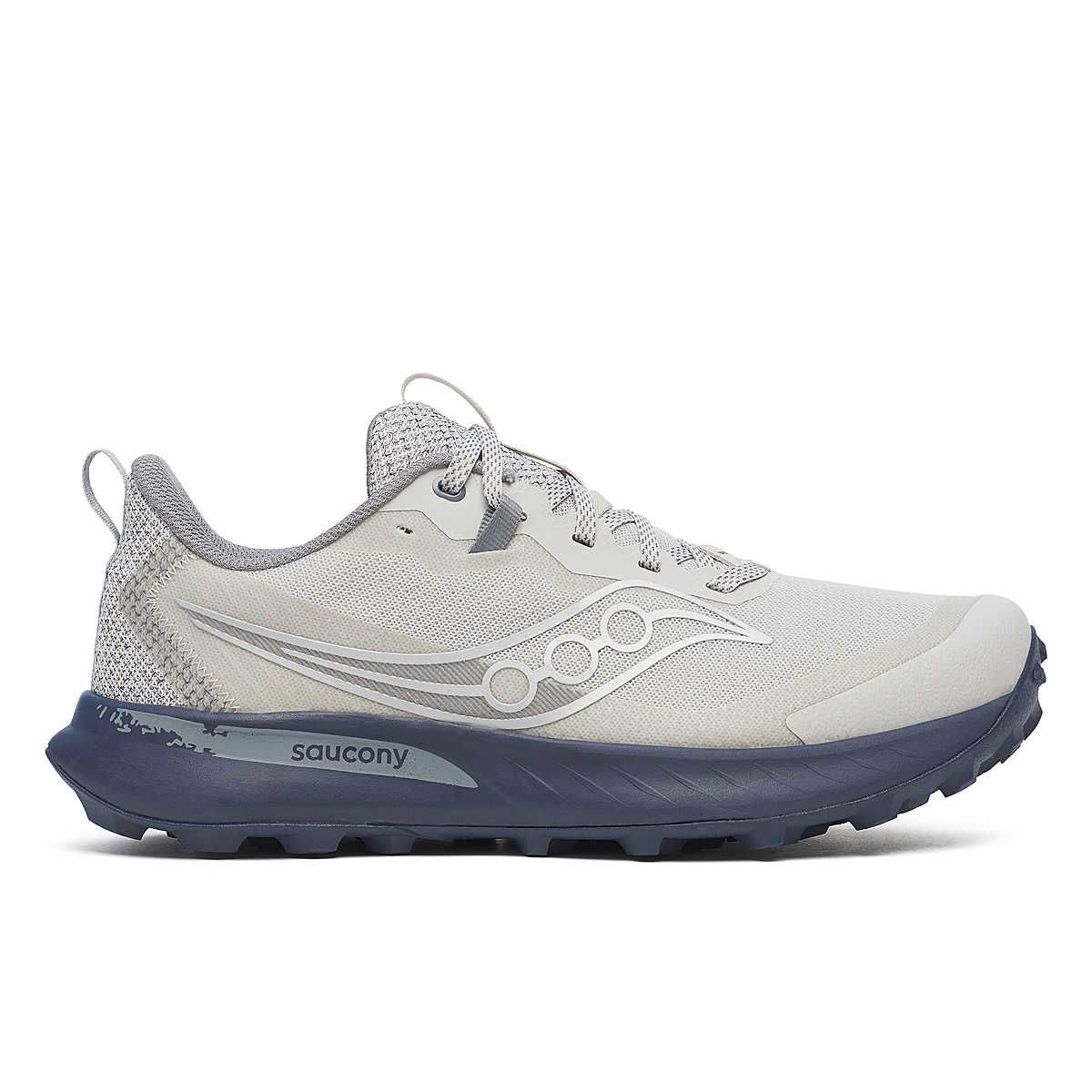
Understanding a brand’s heritage can provide insight into its design philosophy and innovation.
Saucony was founded in 1898 near Saucony Creek in Pennsylvania. The brand gained traction in the 1980s and 1990s with iconic models like the Jazz and Shadow, which pushed the boundaries of comfort and technology.
Brooks, established in 1914, originally produced ballet and bathing shoes. In the 1970s, during the U.S. running boom, Brooks pivoted its focus entirely to running footwear. The release of its DNA cushioning technology in 2006 solidified its reputation for innovation.
Today, both brands are industry leaders, consistently delivering high-quality running shoes that cater to different types of runners and preferences.
Both brands have developed advanced cushioning technologies designed to enhance performance and comfort.
Both brands excel in cushioning, so the choice comes down to personal preference—whether you prefer a springy feel (Saucony) or a plush, adaptive ride (Brooks).
Feedback from the running community highlights the strengths of both brands:
Experts often highlight Saucony’s advancements in materials and Brooks’ focus on biomechanics. Ultimately, both brands have strong followings for good reason.
Running shoes combine performance with personal style, and both Saucony and Brooks excel in this area.
Both brands align with fashion trends, providing stylish options that maintain high functionality for diverse preferences.
Both brands offer models across various price ranges:
While both brands offer great value, Saucony is a strong choice for runners seeking affordability, while Brooks delivers reliable performance for those willing to invest a little more.
Finding the right running shoe is all about what works best for your stride and goals. Here, we’re putting Brooks and Saucony head-to-head in key categories—daily trainers, max cushioning, stability, and trail running—to help you decide. Whether you're cruising through easy miles or tackling rugged terrain, these matchups break down what each brand does best.
When it comes to a reliable daily trainer, the Brooks Ghost and Saucony Ride are crowd favorites for neutral runners who want a shoe that can handle just about anything. These shoes are the kind you’d grab for your everyday runs, but they each bring a different vibe to the pavement. Here’s how they compare:
The Ghost is your go-to if you crave a plush, comforting ride for racking up miles, while the Ride suits runners who want a bit more snap and energy to keep things lively
For runners who prioritize a plush, cushioned experience on long runs, the Brooks Glycerin and Saucony Triumph are dream picks that make every mile feel softer—but they cater to different vibes. Think of these as your long-distance companions, each offering a unique kind of comfort. Here’s the rundown:
The Glycerin is all about luxurious softness for those who love a pampered run, while the Triumph adds a playful bounce that keeps you feeling upbeat through the longest miles.
Runners needing stability to keep overpronation in check will love the Brooks Adrenaline GTS and Saucony Guide, both of which are built to guide your stride without feeling restrictive. These shoes are designed to correct your form while still letting you run comfortably, but they each have a different feel. Here’s the breakdown:
The Adrenaline works best for runners who want support with a softer feel, while the Guide is better for those who prefer a more rigid, controlled ride to stay aligned.
Trail runners tackling tough terrain will find the Brooks Cascadia and Saucony Peregrine to be strong options for off-road running, each built to handle different challenges. These shoes are designed to keep you moving on rocky or muddy trails, but they’re suited for distinct types of runs. Here’s how they compare:
The Cascadia is better for long, rugged trail runs where staying balanced matters most, while the Peregrine excels on faster, technical trails where traction and speed are the priority.
When it comes to fit and feel, Saucony and Brooks cater to different preferences, making it essential to consider what works best for your feet and running style.
If you prioritize a snug, performance-driven fit with a bit more responsiveness, Saucony may be the better option. But if you value all-day comfort, extra space, and a softer step-in feel, Brooks is the way to go.
There’s no definitive “winner” in the Saucony vs. Brooks debate—it all comes down to your individual preferences:
Whichever you pick, you’re getting a high-quality running shoe designed to support and enhance your performance. So lace up, hit the road, and enjoy the run!

Login to your account to leave a comment.





We Want to Give it to You!
